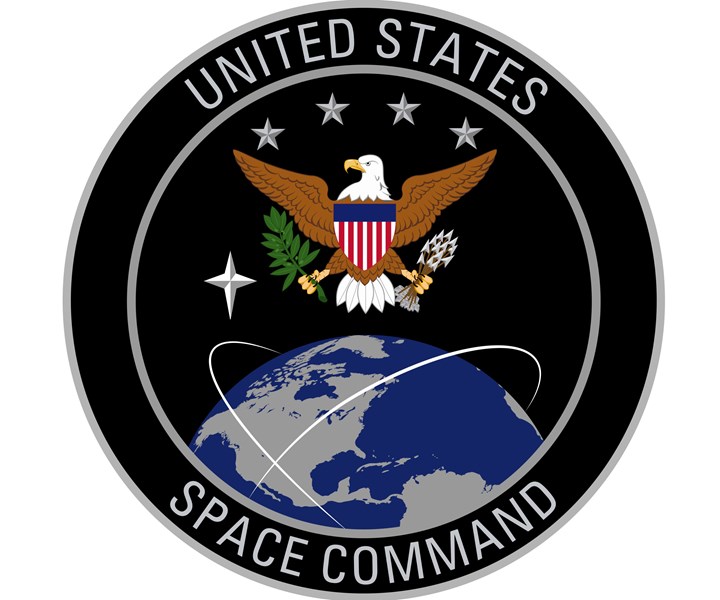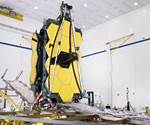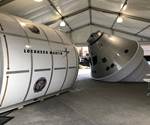U.S. Department of Defense establishes Space Command
Led by Air Force General John Raymond, the formally established command will develop new defense and space technologies intended for U.S. security.

United States Space Command logo. Source | U.S. Department of Defense
On Aug. 29, a ceremony was held at the White House to formally establish the U.S. Space Command (USSPACECOM), the eleventh Unified Combatant Command of the U.S. Department of Defense. Air Force General John W. “Jay” Raymond will lead USSPACECOM as its congressionally confirmed commander, while also maintaining his position as commander of the Air Force Space Command.
According to the Department of Defense, the USSPACECOM mission is to deter aggression and conflict, defend U.S. and allied freedom of action, deliver space combat power and develop joint warfighters to advance U.S. and allied interests in, from and through the space domain.
The command will be set up to protect and defend, while also increasing joint warfighter lethality. Its primary missions will reportedly focus on two areas:
- unifying and leading space capabilities, and
- maintaining U.S. and allied advantages in space through protection and defense.
USSPACECOM is a Geographic Combatant Command with a global Area of Responsibility defined as the area surrounding the earth at altitudes equal to or greater than 100 kilometers above mean (average) sea level. The new command is said to also be globally integrated with the other geographic combatant commands.
On Aug. 30, Raymond established two subordinate commands that will jointly provide support to USSPACECOM: Combined Force Space Component Command (CFSCC) and Joint Task Force Space Defense (JTF-SD).
These commands reportedly will focus the planning and execution of global space operations, activities and missions into two areas:
- protection and defense from threats to U.S. space capabilities/forces, and
- maintaining and growing national security space programs, combat-relevant space capabilities and space talent to increase warfighter lethality.
The JTF-SD will be commanded by Brigadier General Thomas L. James, with a mission to conduct space superiority operations in unified action with mission partners to deter aggression, defend space capability, and when directed, defeat adversaries throughout the continuum of conflict. JTF-SD operation centers include the National Space Defense Center at Schriever Air Force Base (Colo.), Space Situational Awareness units and Emerging Space Defense units.
The CFSCC will be commanded by Major General Stephen Whiting, with a mission to plan, integrate, conduct and assess global space operations in order to deliver combat-relevant space capabilities. CFSCC operations centers include Combined Space Operations Center at Vandenberg Air Force Base (Calif.), Missile Warning Center at Cheyenne Mountain Air Force Station (Colo.), Joint Overhead Persistent Infrared Center at Buckley Air Force Base (Colo.) and Joint Navigation Warfare Center at Kirtland Air Force Base (N.M.).
“Our space capabilities underpin the security of our great nation, enable our economic prosperity, provide for our way of life, and secure our way of war,” says Raymond.
Related Content
-
Infinite Composites: Type V tanks for space, hydrogen, automotive and more
After a decade of proving its linerless, weight-saving composite tanks with NASA and more than 30 aerospace companies, this CryoSphere pioneer is scaling for growth in commercial space and sustainable transportation on Earth.
-
Plant tour: Spirit AeroSystems, Belfast, Northern Ireland, U.K.
Purpose-built facility employs resin transfer infusion (RTI) and assembly technology to manufacture today’s composite A220 wings, and prepares for future new programs and production ramp-ups.
-
ASCEND program update: Designing next-gen, high-rate auto and aerospace composites
GKN Aerospace, McLaren Automotive and U.K.-based partners share goals and progress aiming at high-rate, Industry 4.0-enabled, sustainable materials and processes.

.jpg;width=70;height=70;mode=crop)














